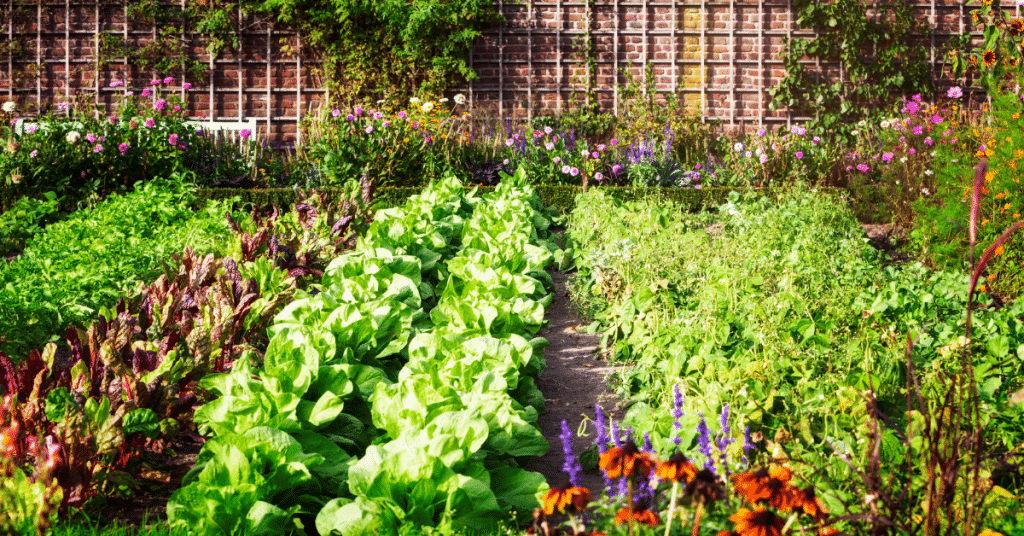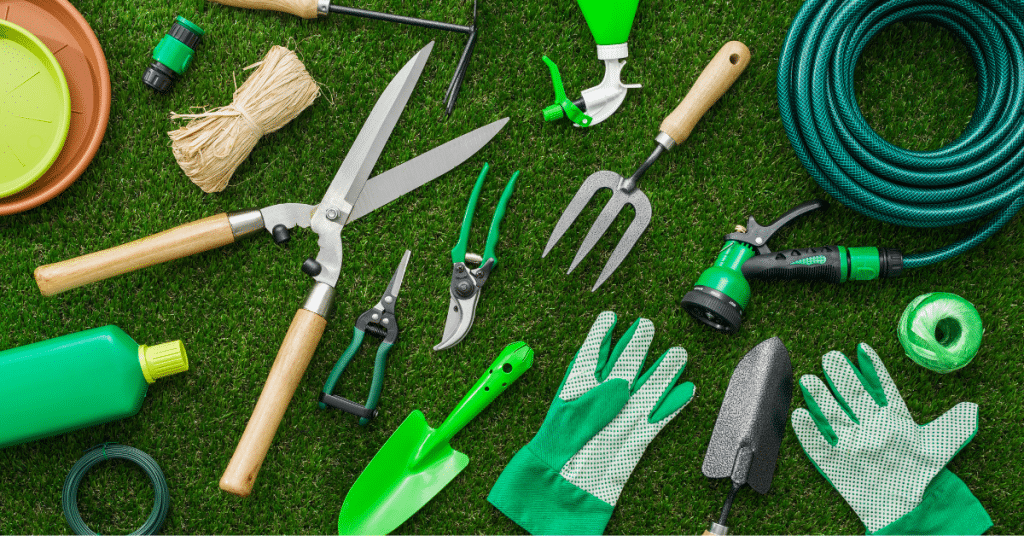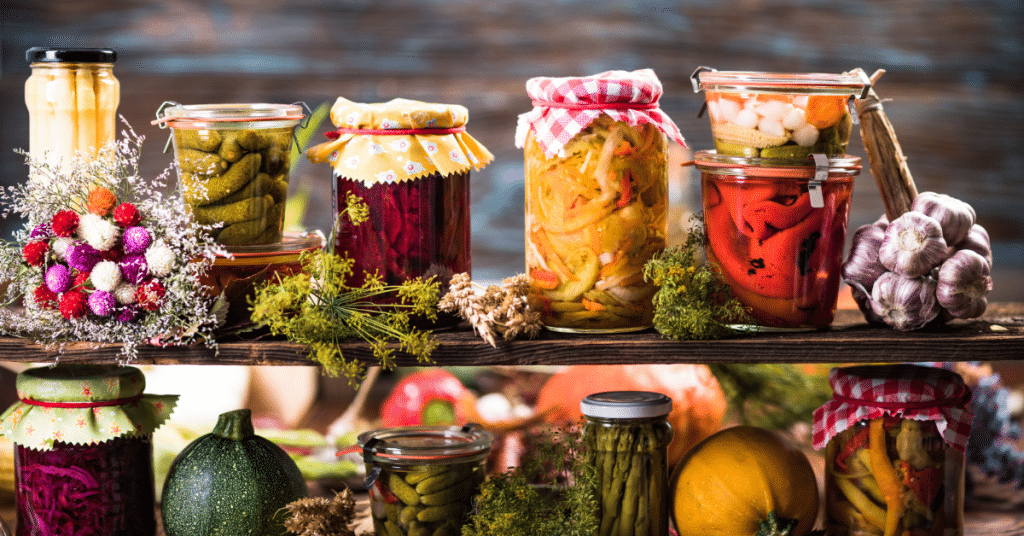Organic Gardening on a Budget: How to Grow Your Own Food Affordably

Planning for an Economic Organic Garden
Are you eager to embrace the joys of organic gardening but worried about the cost? Fear not! With a little planning and resourcefulness, you can grow your organic gardening on a budget and reap the benefits of fresh, pesticide-free produce. In this section, we'll guide you through the initial steps of organic gardening on a budget, from assessing your space to selecting the right crops and preparing the soil.
Assessing Your Space
Before diving into your gardening adventure, take a moment to evaluate your available space garden beds. Whether you have a sprawling backyard, a small balcony, or a sunny windowsill, there's always room to grow something. Assessing your space helps determine what plants will thrive and how much you can grow. Remember, even a few pots or vertical gardens can yield a bountiful harvest!
Selecting the Right Crops
Choosing the right crops is crucial for an affordable organic vegetable garden. Opt for vegetables and herbs that are easy to grow and yield high. Think about the crops you and your family enjoy the most, and consider your local climate and growing season. Vegetables like tomatoes, lettuce, peppers, and herbs such as basil and mint are suitable for beginners and can be grown in small spaces or raised beds.
Additionally, small fruit trees and perennial plants are an addition that you may plant. These cost-effective choices set you up for success without breaking the bank.
Soil Preparation for Organic Gardening on a Budget
Now that you've identified your gardening space and chosen crops, it's time to prepare the soil. Rich, fertile soil is the foundation for healthy plant growth. Fortunately, you don't need to spend a fortune to create nutrient-rich soil. Compost is a budget-friendly option you can make at home. You can create your own compost pile by recycling kitchen scraps, yard waste, fallen leaves, or coffee grounds. Organic matter adds vital nutrients and improves soil structure and moisture retention.
Another economic soil amendment is mulch. It acts as a protective layer, preventing weed growth, conserving moisture, and regulating soil temperature. Look around your neighborhood for free or low-cost sources of mulch, such as wood chips or grass clippings. These organic materials give your plants the best possible start without straining your wallet.
Tools and Supplies for Organic Gardening on a Budget

Gardening doesn't require a vast array of expensive tools and supplies. You can get by with just a few gardening tools. Invest in a sturdy hand trowel, a hand cultivator for weeding, and a good pair of gardening gloves to protect your hands. These tools are often reasonably priced and will last for many seasons.
When it comes to containers, consider repurposing items you already have, such as buckets, old pots, or even large plastic containers. Drill some drainage holes, and you have affordable planters ready to be filled with soil mixed with organic soil enhancer and your chosen crops. Don't forget to save seeds from your harvests for future plantings, and you can save money, reducing the need to purchase seeds every season.
Now that you have a solid plan, it's time to roll up your sleeves and get started. The next section delves into nurturing your garden on a shoestring budget, exploring techniques for starting seeds indoors, natural pest control methods, and more. Stay tuned for practical tips to help your garden thrive while keeping expenses low.
Nurturing Your Organic Garden on a Budget
Congratulations on starting your economical organic garden! Now, let's dive into the second section, exploring techniques to nurture your garden on a shoestring budget. From starting seeds indoors or raised garden bed to natural pest control, these tips will help you grow healthy plants without breaking the bank.
Starting Seeds Indoors
One of the most cost-effective ways to kickstart your garden is by starting seeds indoors. It saves you money on buying seedlings and provides a broader variety of plant options. To start, gather some seed trays or recycled containers, fill them with seed-starting mix and organic soil, and sow your seeds according to the package instructions. Place the trays in a sunny spot or use fluorescent lights as a budget-friendly alternative. Soon, you'll have solid and young seedlings ready for transplanting into your garden bed.
Companion Planting
Companion planting is like creating a harmonious community in your garden. You can naturally boost their growth and control pests by strategically pairing compatible plants. For example, planting marigolds alongside tomatoes deters pests while attracting beneficial insects. When grown near peppers, Basil enhances their flavor and repels unwanted bugs. Explore different companion planting combinations to maximize space utilization and create a thriving ecosystem in your garden.
Proper Watering of Your Organic Gardening on a Budget
Watering your garden efficiently conserves this precious resource and saves you money on your water bill. Consider drip irrigation or a soaker hose, which delivers water directly to the plant's root zone, minimizing evaporation and waste. Another budget-friendly option is rainwater harvesting. Collect rainwater in barrels or containers whenever it rains, and use it to hydrate your plants during dry spells. Remember to mulch around your plants to retain moisture and reduce watering frequency.
Natural Pest Control
Dealing with pests in your garden doesn't mean resorting to expensive chemical pesticides. Embrace natural pest control methods that are safe, effective, and budget-friendly. Encourage beneficial insects like ladybugs, lacewings, and praying mantises to visit your garden by planting flowers that attract them. Additionally, make your own homemade pest repellents using ingredients like garlic, chili peppers, or neem oil. These natural remedies help keep pests at bay without harmful chemicals.
Weeding and Maintenance of Your Organic Gardening on a Budget
Keeping your garden free from weeds is essential for the health and productivity of your plants. Regular weeding ensures that weeds don't compete with your crops for nutrients and sunlight. Pulling weeds by hand is cost-effective, although it requires some effort. Applying organic mulch around your plants helps retain moisture and suppresses weed seeds growth. Staying on top of weed control save time and money and help your plants thrive.
You're well on your way to becoming a budget-friendly organic gardener. In the next section, we'll explore the final steps of your gardening journey: harvesting your bountiful produce and preserving it to enjoy throughout the year. Stay tuned for tips on maximizing your harvests and stretching your garden's abundance while staying within your budget.
Harvesting and Preserving

Congratulations on nurturing your garden on a shoestring budget! Now it's time to enjoy the fruits (and vegetables) of your labor. In this final section, we'll explore the art of harvesting and preserving your bountiful produce, ensuring that your hard work continues to feed you affordably throughout the year.
Harvesting Tips for Your Organic Gardening on a Budget
Timing is everything when it comes to harvesting your crops. Each vegetable or herb has its optimal time for harvest, ensuring peak flavor and nutritional value. Consult seed packets or gardening resources to determine when to harvest your plants. Generally, vegetables are best picked when they reach their mature size and color, while herbs should be harvested before they flower. Harvesting at the right time ensures the best taste and texture from your homegrown delights.
Minimizing Food Waste
In a world where food waste is a significant concern, making the most of your harvest and minimizing waste is essential. Get creative and utilize all parts of the plant whenever possible. For example, carrot tops can be used to make pesto, and beet greens make a nutritious addition to salads or sautés. Consider sharing the surplus with neighbors, friends, or local community groups if you find abundant produce. Not only does this foster a sense of community, but it also ensures that your garden's abundance doesn't go to waste.
Budget-Friendly Preservation Methods
Preserving your harvest allows you to enjoy organic gardening on a budget after the growing season. Thankfully, budget-friendly preservation methods can stretch your garden's bounty. Canning is an excellent option for preserving fruits, vegetables, and homemade sauces. Invest in a few mason jars, follow canning recipes and guidelines, and you'll have shelf-stable goodies to enjoy throughout the year. Freezing is another simple and economical method. Blanch your vegetables before freezing to maintain color and texture. Drying herbs and some fruits is a low-cost way to preserve them, either by air drying or dehydrating. Lastly, consider fermentation, which preserves and enhances the flavors of vegetables like cucumbers, cabbage, and carrots.
Saving Seeds from Your Organic Gardening on a Budget
Consider saving seeds from your organic crops to reduce expenses in future gardening seasons. Seed saving allows you to become more self-sufficient and maintain the biodiversity of heirloom and open-pollinated varieties. Learn about the seed-saving techniques specific to each crop, ensuring proper harvesting, cleaning, and storage. By saving seeds, you're preserving your favorite plant varieties and ensuring a continuous supply of affordable seeds for years.
By embracing these harvesting and preservation techniques, you can savor the flavors of your garden's harvest long after the growing season ends. Whether you enjoy home-canned salsa in the middle of winter or sprinkle dried herbs onto your favorite dishes, your preserved produce will be a delightful reminder of your budget-friendly gardening journey.
In conclusion, gardening organically on a budget is achievable and immensely rewarding. By following the tips and techniques outlined in this article, you can grow your own food affordably while embracing the joys of sustainability and self-sufficiency. So, grab your gardening gloves and start creating your own thriving organic garden without breaking the bank.
